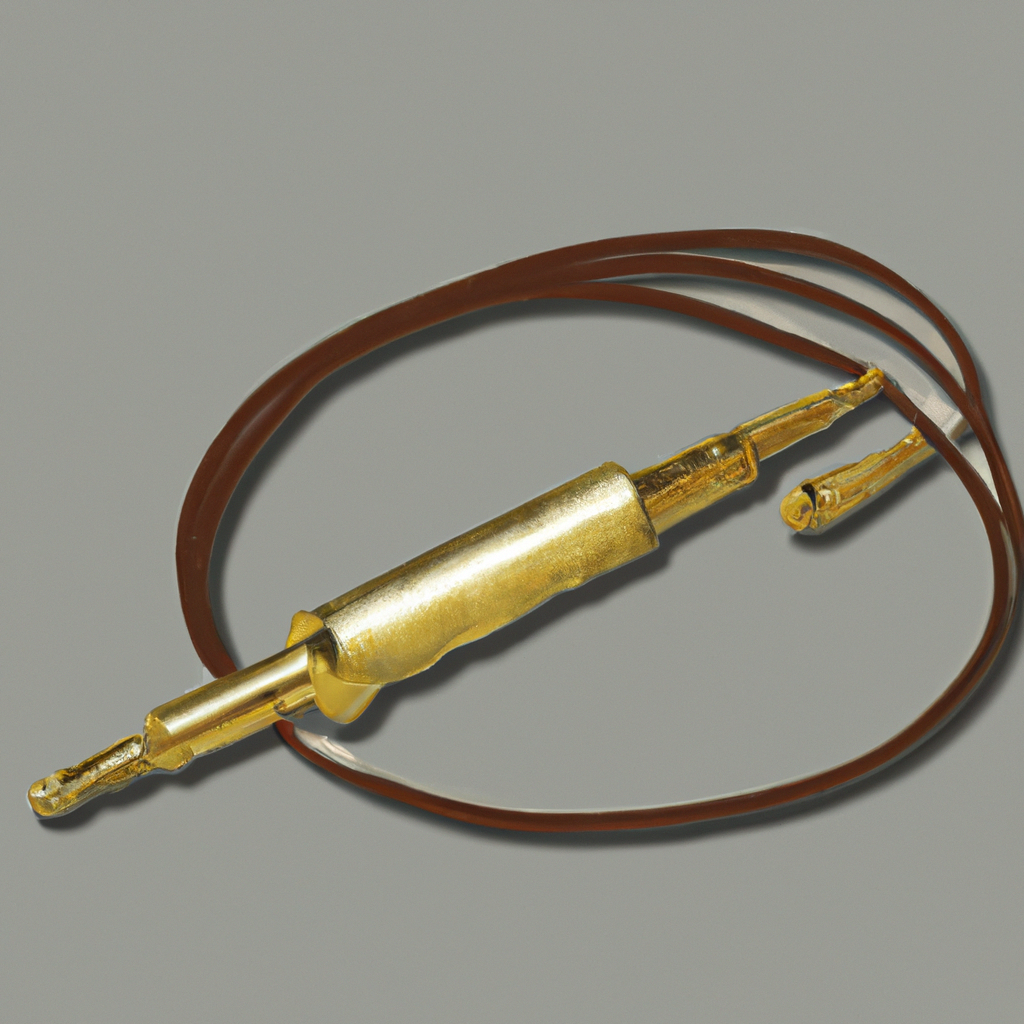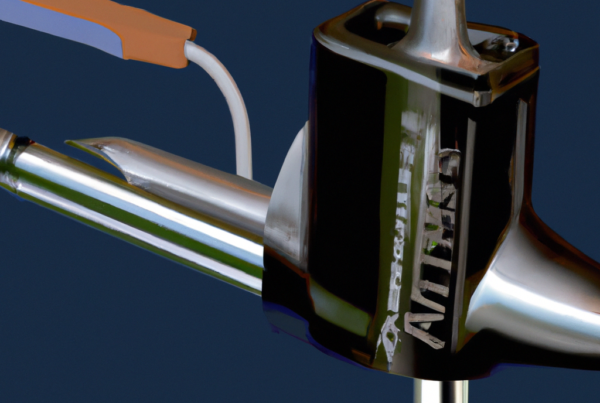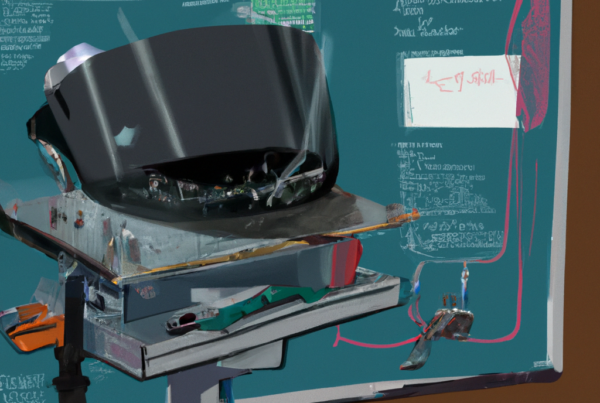Welding plugs are an essential part of the welding process, providing the necessary connection in order to power the welder. With the variety of welding plugs available, it can be difficult to choose the most suitable one for your application. The most common welding plugs are designed for use with standard 120 and 240-volt welders. These plugs feature three prongs, two of which are larger than the third, that deliver the correct power for the welder to operate safely and efficiently. The plugs are designed to be durable and able to withstand the extreme temperatures generated during welding. For those who are unfamiliar with welding plugs, the right plug for your needs can be easily identified by the power rating printed on the plug.

What is a welder plug?
A welder plug is a specialized power cord used to connect a welding machine to a power source. It is designed to safely withstand the high current and voltage requirements of welding equipment. Most common welder plugs are:
- NEMA 6-50 plug – This plug is commonly used for electric arc welding machines.
- NEMA 14-50 plug – This plug is used for larger arc welders, plasma cutters, and some battery chargers.
- NEMA 10-50 plug – This plug is used for TIG welders and other high-amperage welders.
- NEMA 15-50 plug – This plug is used for welding machines with lower amperage.
The plugs are color-coded for easy identification, and usually have an insulated handle for safe handling. It is important to use the correct type of plug for the welding machine to ensure safety and proper operation.
What is the most common type of welder plug?
The most common type of welder plug is the NEMA 6-50. It is a 50 Amp, 250 Volt plug that is commonly used with welding machines. It is a two pole, three wire, grounding type plug with two hot wires and one neutral/grounding wire. This plug is used for both welding machines and other high amperage tools.
There are a few advantages to using a NEMA 6-50 plug. It is a standardized plug, so it is compatible with any welding machine with a 6-50 receptacle. Additionally, it is very durable and reliable, and its large size allows for higher amperage loads.
The NEMA 6-50 plug is easy to find and install, and is very affordable. It is available in a variety of colors and configurations, so it can easily be matched to any welding machine.
Here are the features of the NEMA 6-50 plug:
- 50 Amps, 250 Volts
- Two pole, three wire, grounding type
- Two hot wires and one neutral/grounding wire
- Standardized plug, compatible with any welding machine with a 6-50 receptacle
- Very durable and reliable
- Large size allows for higher amperage loads
- Easy to find and install
- Available in a variety of colors and configurations
What are the differences between the different types of welder plugs?
The most common welder plug is the 30-amp plug. This is a three-prong plug with two hot wires and one ground wire. It is the most common plug used for welding machines. Other types of welder plugs include 15-amp plugs, 50-amp plugs, and 60-amp plugs. Each of these plugs has different features, including:
- 15-amp plugs are the smallest type of plug and are designed for smaller welding jobs.
- 50-amp plugs are larger than 15-amp plugs and are designed for larger welding jobs.
- 60-amp plugs are the largest type of plug and are designed for the heaviest welding tasks.
All of these plugs are designed to provide the necessary power for welding. The type of plug you use depends on the size and type of welding job you are performing. The 30-amp plug is the most commonly used plug for welding machines, but it is important to be aware of the other types of plugs available and make sure you use the correct one for your welding project.
What are the benefits of using a welder plug?
Welder plugs are a type of connection used to provide power to welding equipment. They are designed to be durable and reliable, making them ideal for a variety of welding applications. Here are some of the main benefits of using a welder plug:
- Increased safety: Welder plugs are designed for high-power welding and feature a special pin configuration that prevents accidental connection to other types of plugs. This reduces the risk of electric shock and other hazards.
- Easy installation: Welder plugs are easy to install and require minimal maintenance. In addition, they are designed to fit into standard outlets, making them a convenient and cost-effective option.
- Durability: Welder plugs are designed to withstand high temperatures and frequent use, making them ideal for industrial and commercial welding applications.
Overall, welder plugs are a reliable and cost-effective option for providing power to welding equipment. They are designed to be durable and easy to install, and they provide increased safety for users.
What safety considerations should be taken when using a welder plug?
When using a welder plug, safety is of the utmost importance. To ensure safety, the following considerations should be taken:
- Ensure the plug is compatible with the type of welder being used.
- Inspect the cord and plug for any damage or wear before use.
- Check that the plug is properly wired and connected to the welder.
- Make sure the power supply is adequate for the welder’s maximum current draw.
- Use a GFCI-rated outlet to reduce the risk of electrical shock.
- Do not overload the circuit or plug in too many devices.
- Check that the plug is firmly inserted into the outlet.
- Never attempt to modify the plug or cord in any way.
The most common type of welder plug is a three-pronged plug that is designed for use with a NEMA 6-50 outlet. This plug is rated for a maximum of 50 amps and should be used with a corresponding 50-amp circuit breaker.
What is the most common size of welder plug?
The most common size of welder plug is either a 15-amp or a 50-amp plug. The 15-amp plug is typically used for smaller welding machines that draw less than 10 amps, while the 50-amp plug is used for larger welding machines that require more power.
The 15-amp plug is the most common size of welder plug and is usually found on smaller welding machines. It is a three-prong plug that typically has two flat blades and a round grounding pin. The 50-amp plug is slightly larger and is typically used on larger welding machines. It is a four-prong plug that has two flat blades, one round grounding pin, and one angled blade.
Here are some features of the most common welder plugs:
- 15-amp welder plug: 2 flat blades and a round grounding pin
- 50-amp welder plug: 2 flat blades, one round grounding pin, and one angled blade
- Can be used on any standard 120-volt outlet
- Designed to handle up to 240 volts
What type of extension cords are compatible with welder plugs?
Most common welder plugs are either 15 or 20A, 125/250V three-prong plugs. To be compatible with them, the extension cord must have a three-prong plug, also rated for 15 or 20A, 125/250V.
The following types of extension cords are compatible with welder plugs:
- Heavy-duty, three-wire, 12-gauge grounded cords
- Heavy-duty, three-wire, 14-gauge grounded cords
- Heavy-duty, four-wire, 10-gauge grounded cords (for 20A welder plugs)
When selecting an extension cord, make sure it’s rated for the same amperage and voltage as the welder plug. Extension cords rated for higher amperage or voltage can cause overheating or other damage to the welder.
What are the most common applications of a welder plug?
Welder plugs are a common tool used for a variety of welding applications. They are typically used to connect the welding machine to the power source, allowing for a safe and secure connection. Here are some of the most common applications of a welder plug:
- Connecting Welding Machines to Power Sources: Welder plugs are used to securely connect welding machines to power sources, allowing for a reliable and safe connection.
- Maintaining Ground Connections: Welder plugs are used to maintain a consistent and secure ground connection between the welding machine and the power source.
- Electrical Wiring: Welder plugs are used to connect electrical wiring to the welding machine, allowing for a safe and secure connection.
- Grounding Cables: Welder plugs are used to connect grounding cables to the welding machine, providing a safe and secure connection to the power source.
Welder plugs are an essential tool for many welding applications, providing a safe and secure connection between the welding machine and the power source. They are used for a variety of applications, including connecting welding machines to power sources, maintaining ground connections, electrical wiring, and connecting grounding cables.
How should a welder plug be stored and maintained?
The most common welder plug should be stored and maintained properly to ensure safe operation. Here are some tips for properly storing and maintaining your welder plug:
- Store the welder plug in a cool, dry place to avoid corrosion and damage.
- Regularly inspect the plug and cord for signs of wear or damage. Replace any damaged parts immediately.
- Clean the plug regularly with a damp cloth and mild detergent.
- Do not bend the plug or cord too sharply as this can cause damage.
- Check the plug and cord for frayed or exposed wires.
- Always unplug the welder before making any repairs or adjustments.
By following these simple tips, you can help ensure the safe and reliable operation of your welder plug.
Where can a welder plug be purchased?
A welder plug can be purchased from a variety of outlets, including hardware stores, online retailers, and welding supply stores. The most common welder plug is an NEMA 6-50 plug, which is a two-pole, three-wire grounding plug with two flat 50-amp blades and a U-shaped ground pin. Here are some of the places you can purchase a welder plug:
- Hardware stores
- Online retailers
- Welding supply stores
When purchasing a welder plug, make sure that the voltage rating is compatible with your welder’s output. Output should be around 80-120 volts, depending on the type of welder you have.



